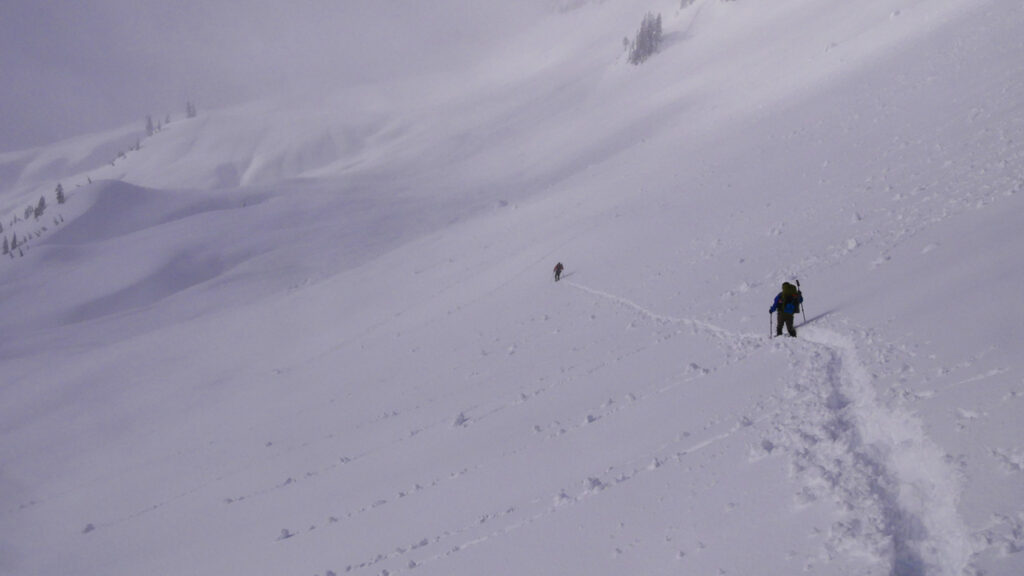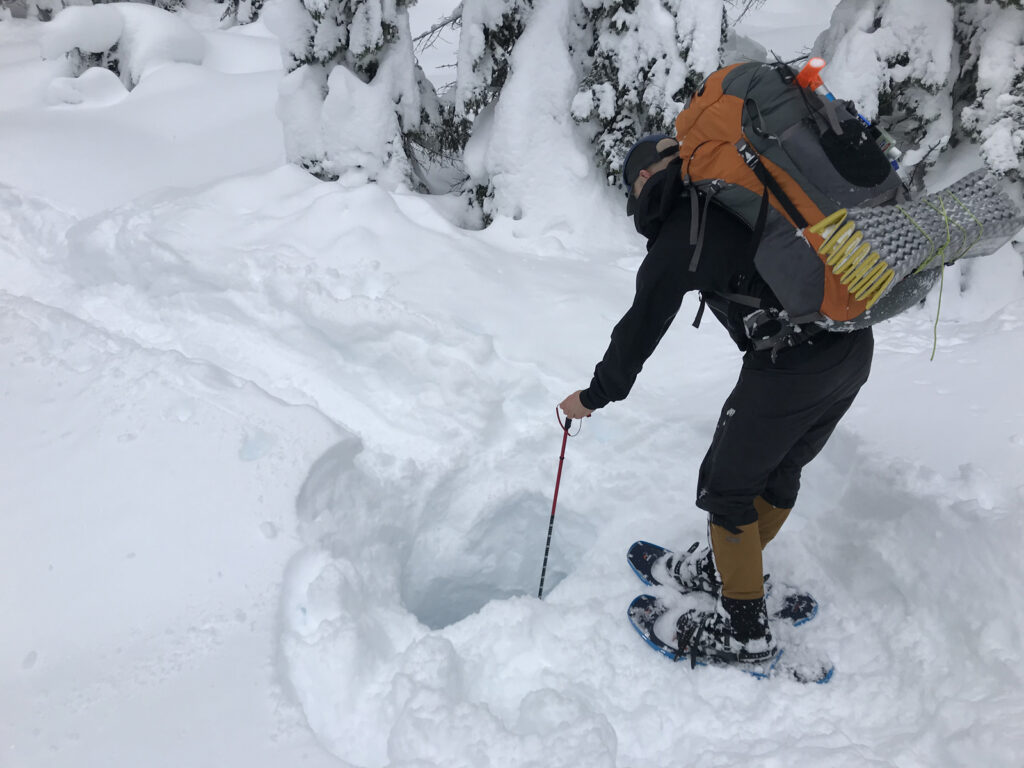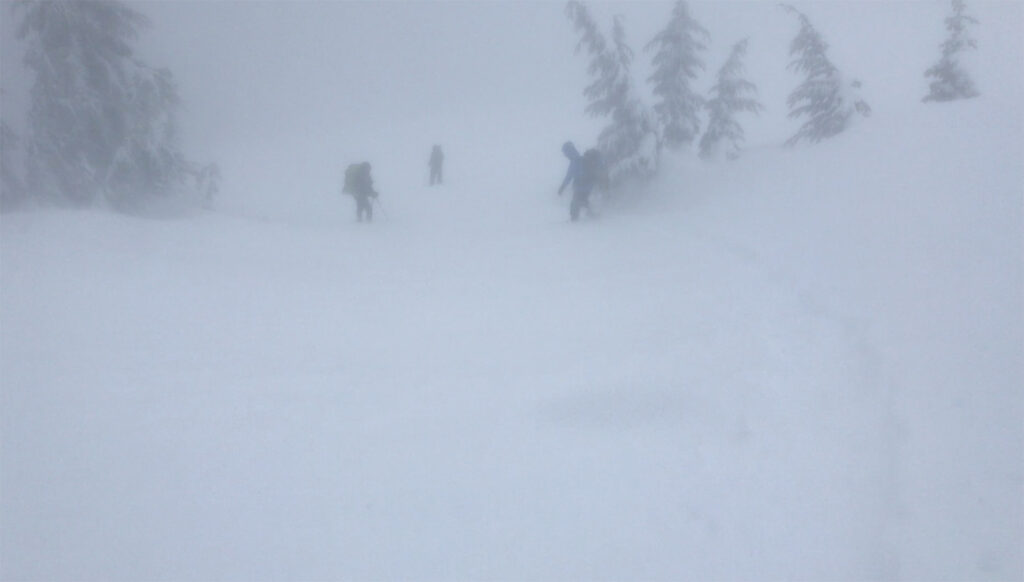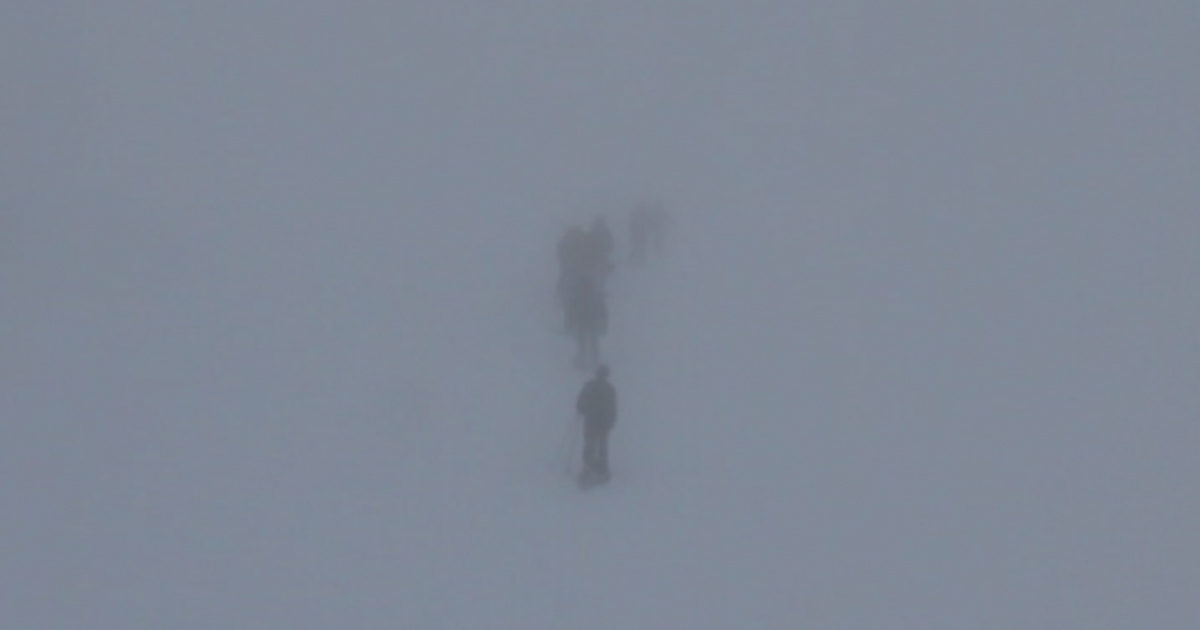A few things that make winter backpacking dangerous
Snow camping and winter backpacking are great ways to experience the wilderness. In fact, nothing is as beautiful and enchanting as the wilderness in winter. But if you are new to the idea, here are a few reasons you shouldn’t just head out alone or unprepared. Be aware of the risks and take appropriate precautions. Below is a short beginner’s list of basic hazards and concerns that every winter backpacker should know.
- Avalanches. Learn about avalanche dangers and then always check the avalanche forecast in your area before heading out. This is not something that can be fully learned in an afternoon or even in a few days of training.

- Snow conceals lethal dangers such as tree wells, rapidly moving streams, and deep crevasses that you can fall in, as well as heavy cornices that can collapse below you or bury you.

- Winter weather—cold temperatures, reflected UV light, and wind conditions can create special hazards that require specific types of gear. In cold and snowy conditions you are at greater risk of hypothermia, frostbite, snow blindness, and snow immersion suffocation.
- Navigation is more challenging. Trails, trail signs, and familiar landmarks are covered in snow increasing the risks of getting lost. Snow and clouds can create whiteouts obscuring directions.

- Help can be a long time coming. Depending on where you are, there are fewer people in the wilderness to find you or help you if something goes wrong. There is often no phone reception and even if you carry an emergency device a mountain rescue can take anywhere from 6 hours to several days depending on circumstances, location, and weather conditions.
Be sure to read my beginner’s safety tips list too.
Let me know if you have any questions or suggestions. I’ll be updating this post periodically.
Also, don’t forget to subscribe to my blog and leave comments below.
